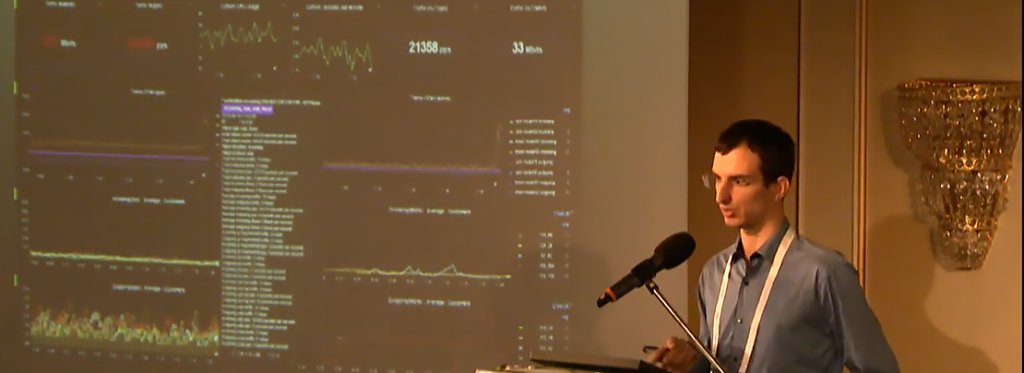The Evolution of DDoS Attacks and the Growth of FastNetMon: A Decade in Review

It has been a transformative decade in the world of network security, particularly in combatting Distributed Denial-of-Service (DDoS) attacks. A testament to this evolution is FastNetMon, an open-source DDoS detection system that has reshaped how network operators, ISPs, and enterprises respond to volumetric threats. Conceived in 2013 as a homegrown tool by Pavel Odintsov, FastNetMon started with a modest aim: to detect simple SYN, UDP, and ICMP flood attacks in small-scale environments. Over the years, it has grown into a feature-rich, globally deployed solution, responding to the ever-changing tactics of threat actors while staying true to its open-source principles.
The Early Days of FastNetMon and DDoS Detection
In its initial stages, FastNetMon was designed as a proof-of-concept tool built for a small data center. The software relied on hardcoded thresholds and basic packet-per-second counters to identify attacks, processing mirrored traffic at speeds of up to 2Gbps. Back then, the DDoS landscape featured relatively rudimentary attack methods such as SYN floods and ICMP amplification. These attacks, while damaging, were relatively easy to detect and mitigate. Yet, the rise of sophisticated amplification techniques, such as NTP and DNS reflection, soon pushed network operators to develop more advanced solutions.
By 2014, FastNetMon began integrating sFlow and Netflow to address varying architectures and expanded traffic demands. The release of version 1.1.1 in early 2015 marked a pivotal moment by introducing key features like flow-based detection, BGP integration, and exponential moving averages for rapid response. These upgrades empowered FastNetMon to support wider deployments and tackle an evolving threat landscape, helping it secure a key role across ISPs, hosting providers, and businesses worldwide.
Adapting to an Evolving Threat Landscape
The evolution of DDoS attacks quickly revealed their growing complexity. By the mid-2010s, attackers were leveraging botnets like Mirai to exploit insecure IoT devices, creating distributed campaigns originating from thousands of sources. The rise of DDoS-for-hire services further democratized these large-scale attacks, enabling even inexperienced actors to launch devastating campaigns. As attackers innovated, FastNetMon adapted, introducing features like PF_RING for higher traffic processing capabilities and integrating tools like ExaBGP and GoBGP for automated mitigation strategies. This focus on speed and scalability has kept FastNetMon relevant as attacks increasingly exceed 2Tbps, utilizing complex multi-vector techniques.
In addition to the technical challenges, the motives behind DDoS attacks have diversified. While many campaigns still pursue financial gain, others have become tools for disruption, often tied to geopolitical or ideological agendas. This trend, along with the frequent use of proxies and VPNs by attackers, has made attribution and mitigation more challenging than ever. Yet, FastNetMon continues to excel in its primary mission: detecting high-speed volumetric and protocol-layer attacks with unmatched efficiency.
The Role of Community in FastNetMon’s Growth
What sets FastNetMon apart in the competitive network security landscape is its unwavering commitment to the open-source community. Every major addition—whether it’s sFlow, IPFIX, or BGP support—has been driven by real-world feedback from network operators. These partnerships, built through interactions on GitHub issues or forums like NANOG and RIPE, have shaped FastNetMon into a flexible and robust solution. This community-driven approach ensures that the platform remains responsive to the evolving needs of users while upholding its mission to make advanced DDoS detection technologies accessible to all.
As we look ahead, the challenges in network security show no signs of abating. Automation and AI continue to fuel attackers’ capabilities, enabling adaptive, multi-phase campaigns with minimal effort. Yet, FastNetMon remains positioned to tackle these threats head-on. By maintaining its focus on high-speed traffic analysis, protocol-layer attack detection, and community-driven development, FastNetMon is not only a tool but a symbol of the strength of open-source collaboration.
In conclusion, the past decade has witnessed significant growth in both the sophistication of DDoS attacks and the capabilities of defense systems like FastNetMon. This software, born from a single developer’s initiative, has become an indispensable asset for network operators globally. Its journey is a powerful example of how innovation and collaboration can drive meaningful change in an increasingly complex digital world.



